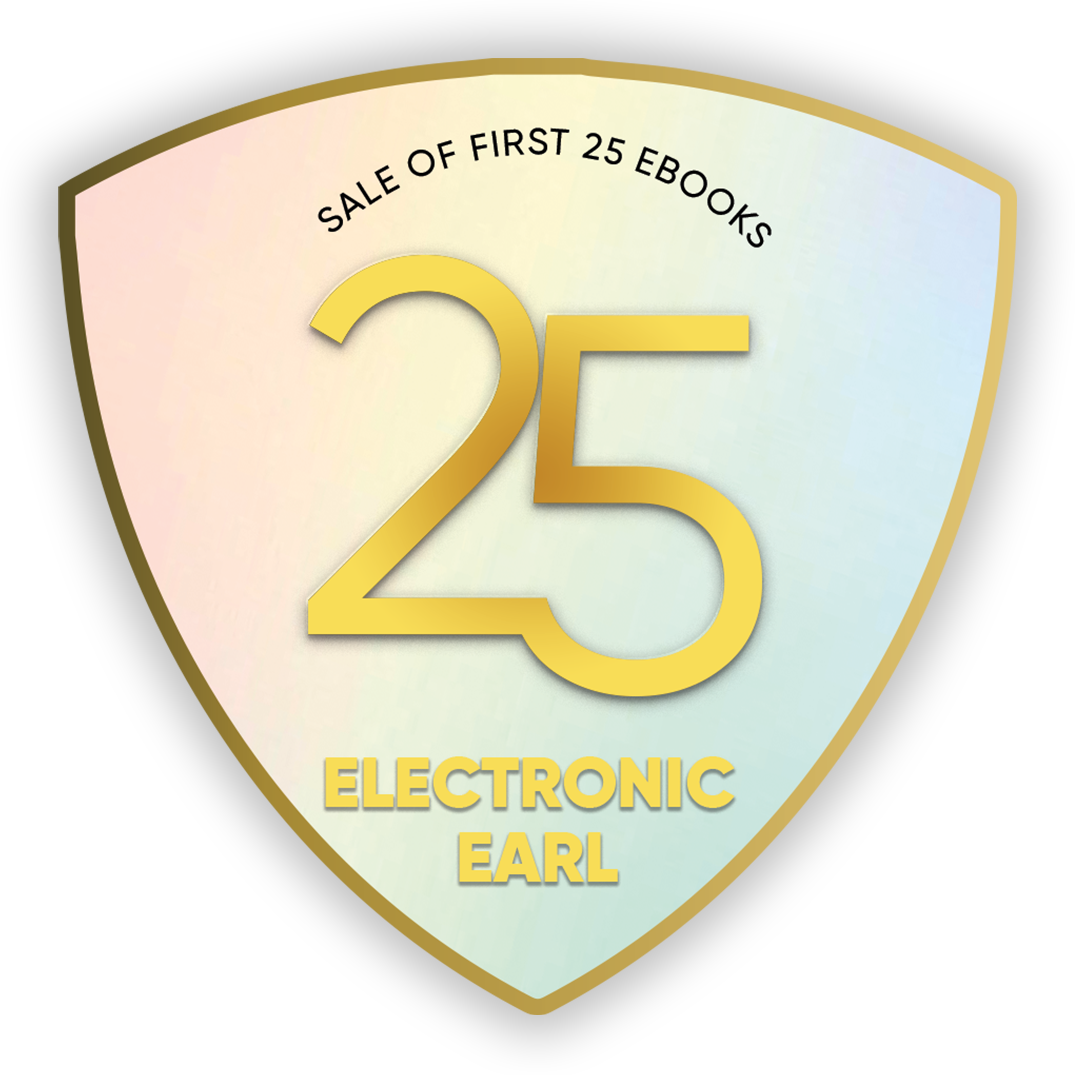History of Orissa
Books by Krishna Chandra Panigrahi
An exhaustive, yet fascinating, account of the history of Odisha (earlier Orissa) from the prehistoric times to 1568 CE by synthesising authentic evidence from the original sources such as literary, epigraphic, numismatics, archaeological, historical, and travellers’ accounts in chronological order… First published in 1981, the book has undergone several editions and is widely acclaimed and ranks among the most authentic historical books on the history and
History of Orissa
Books by Krishna Chandra Panigrahi
An exhaustive, yet fascinating, account of the history of Odisha (earlier Orissa) from the prehistoric times to 1568 CE by synthesising authentic evidence from the original sources such as literary, epigraphic, numismatics, archaeological, historical, and travellers’ accounts in chronological order… First published in 1981, the book has undergone several editions and is widely acclaimed and ranks among the most authentic historical books on the history and
Odisha of My Times
Books by Hiranya Kumar Panigrahi
Odisha of my times is a faithful rendition in English of Mo Samayara Odisha, published in Odia in 1978 by the eminent historian and archaeologist, Dr. Krishna Chandra Panigrahi. It is more than an autobiography. In it is mirrored not only the author’s story of growing up amid adversity and his struggle up the academic echelon, it also is the pen-picture of the prevalent socio-cultural and academic world of Odisha of fifty years (1920s to late-1970s). Honest,




















